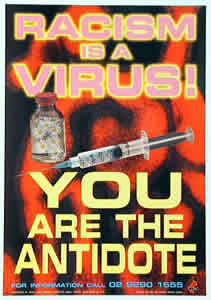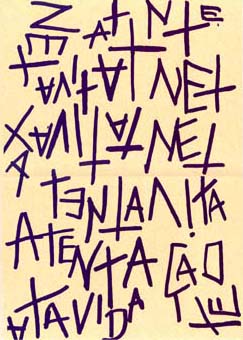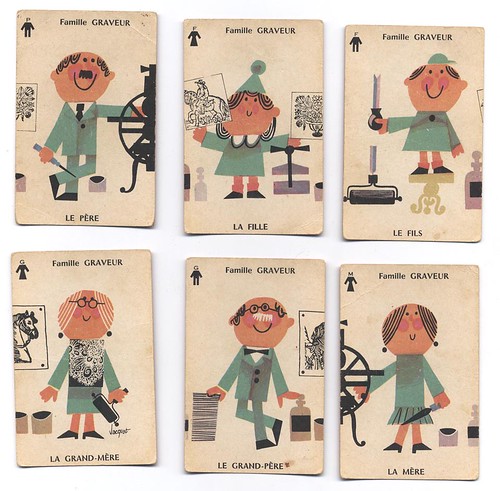
Showing at Auckland Gallery
25 June - 30 October 2005
Marian Maguire's suite of etchings recasts the story of Ajax and Achilles from Homer's Iliad, in the New Zealand landscape. She reflects that Greek myths are part of the cultural 'baggage' European colonisers brought to this country. By imagining the scenes in our hills and by our lakesides she demonstrates the universal relevance of the story which is ultimately about friendship, loyalty, death, isolation and despair.
---------------------------------------------------------Essay by Dr Anna Smith from the catalogue 'The Odyssey of Captain Cook.
ODE ON A SOUTH SEAS URN: THE ART OF MARIAN MAGUIRE
Tiwhatiwha te po, Dark, dark is the po
Ko te Pakerewha, It is the Pakerewha
Ko Arikirangi tenei ra te haere nei. It is Arikirangi that is coming.
What do the Ancient Greeks have in common with the South Seas? A lot, if a certain master printmaker from Christchurch has anything to do with it. Artist Marian Maguire has been working on bringing the Greeks to New Zealand for a number of years now. Inspired by the designs of classical artefacts: urns, bowls and jugs, Maguire has reworked the meeting of English colonizers and Maori through the medium of classical shapes and figures. In this new show, the collision of three cultures, not two, takes the viewer by surprise. The Odyssey of Captain Cook takes radical liberties with the history of this country, for we discover that Pakeha and Maori have now been joined by chiefs from the heavens (Arikirangi): Achilles, Athena, and boatloads of Greek soldiers. Using the voyages of Captain Cook as the pretext, Maguire explores how a nation remembers and represents its history. By implication, she also explores what a nation leaves out when it remembers; and how its vision is always skewed in favour of one race or the other. Every time we seek to understand these engravings and lithographs as the story of two nations, or two races, the artist presents a third perspective: a sleight of hand which, in a climate that favours biculturalism, makes for troubled viewing indeed.
continues
tags































